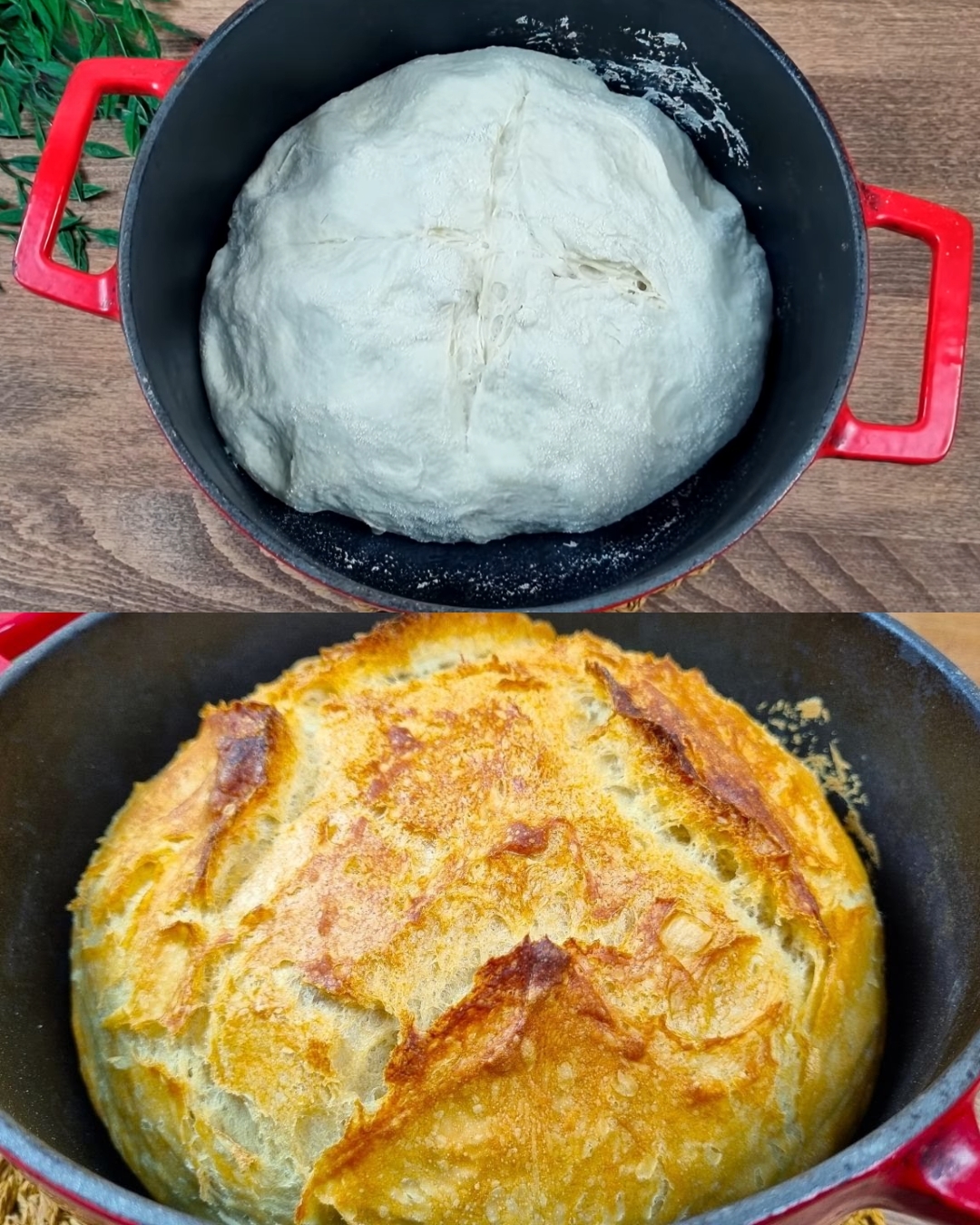1. Texture & Crumb:
-
No-Knead Bread: Creates a rustic, artisan-style loaf with a crispy, crackly crust and a soft, open, and airy interior (lots of irregular holes).
-
Kneaded Bread: Typically yields a tighter, more uniform crumb structure—great for sandwich loaves or enriched breads.
2. Crust:
-
No-Knead Bread: Thanks to the long fermentation and baking in a preheated pot (often covered), it develops a deep golden crust that’s incredibly crisp.
-
Kneaded Bread: The crust may be softer, depending on baking technique (e.g., using steam or milk washes).
3. Effort & Time:
-
No-Knead: Minimal hands-on time. No kneading—you just mix and let time do the work with slow fermentation.
-
Kneaded: Requires active kneading (by hand or mixer) to develop gluten, followed by rise times.
4. Flavor:
-
No-Knead Bread: The long fermentation enhances the flavor, giving it a mild sourdough-like complexity.
-
Kneaded Bread: Tends to have a milder flavor unless fermented for a long time.
5. Gluten Development:
-
No-Knead: Relies on time (and a wet dough) to develop gluten naturally.
-
Kneaded: Develops gluten through mechanical action.
🥖 Your Bread Summary:
You’re making a classic no-knead Dutch oven bread:
-
Mixed and left to rise
-
Shaped gently with folds
-
Baked in a preheated pot at high heat
-
Resulting in a crackly crust and a soft, porous interior ✨
It’s a brilliant method, especially for home bakers wanting bakery-quality bread without kneading!

